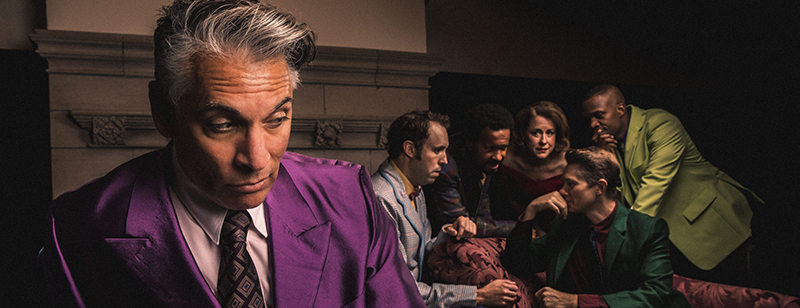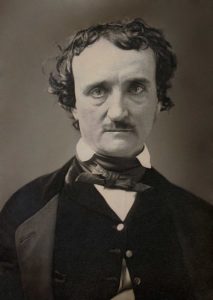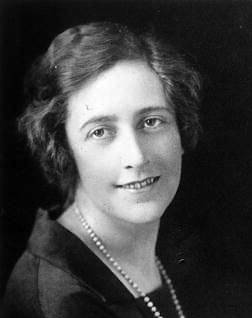Whodunnit First? The Origins of the Murder Mystery

Are you curious about how the murder mystery genre developed over the years? Check out this brief primer to learn more about the evolution of this popular literary genre, and add some authors to your reading list, too!

Edgar Allan Poe, circa 1849
The origin of modern detective fiction is often attributed to Edgar Allan Poe’s story “The Murders in the Rue Morgue” written in 1844 and Wilkie Collins’ 1868 novel Moonstone. The texts are also considered to be pinnacle references for all detective fiction that has followed. The tradition of basing mysteries off of real-life situations continued in the United States with Allan Pinkerton’s detective series, which took inspiration from the Pinkerton National Detective Agency. The organization, founded in Chicago, was once the largest private law enforcement entity and influenced countless other literary works, such as those of Arthur Conan Doyle, but is now more infamous for its role in the Homestead Strike of 1892. Pinkerton’s tales of intrigue and crime captured the public’s imagination and contributed to the rise to the audience desire for sensationalist mystery fiction.
Murder mysteries continue to capture the public’s attention in various forms. In the nineteenth century, the dime novel dominated as an inexpensive and entertaining read. The city of Chicago began appearing with regularity in dime novels in the 1870s, serving as the backdrop for detective stories. In England, penny dreadfuls also featured sensational accounts focusing on the fictitious adventures of detectives and criminals alike. The cheap price of the stories, combined with steadily rising literacy rates and easy purchasing access to the publications, meant that they were the perfect vehicles to popularize the already soaring genres of murder mystery and detective fiction.

Agatha Christie, 1925
Although murder mystery is still a well-explored genre today, it did reach its zenith in the 1920s and 1930s. The Golden Age of the murder mystery genre gave rise to the fame of such authors like Agatha Christie, G.K. Chesterton, and Mary Roberts Rinehart. The “whodunit” narrative thrived as audiences rushed to consume these scintillating stories, which always kept the identity of the criminal a secret until the end. In Christie’s The Mousetrap, some productions even include a message at the end of the play to request that the audience does not divulge the truth to anyone else who has not read or seen the play in order to further uphold the essence of the whodunit so it can continue to fulfill its original purpose of surprising viewers. Nowadays, from children’s cartoons to theatrical productions, the hallmarks of the whodunit genre continue to engross audiences.
Can’t get enough of the mystery genre? Save your seats to Agatha Christie’s The Mousetrap! Previews begin January 16, 2020. Learn more →
Note: Although the categorization of the mentioned genres is up for some debate, they are all discussed here as having a related history and prominence in the public sphere.
Photo of David Cerda, Alex Goodrich, Allen Gilmore, Kate Fry, Lyonel Reneau, and Erik Hellman by Joe Mazza.